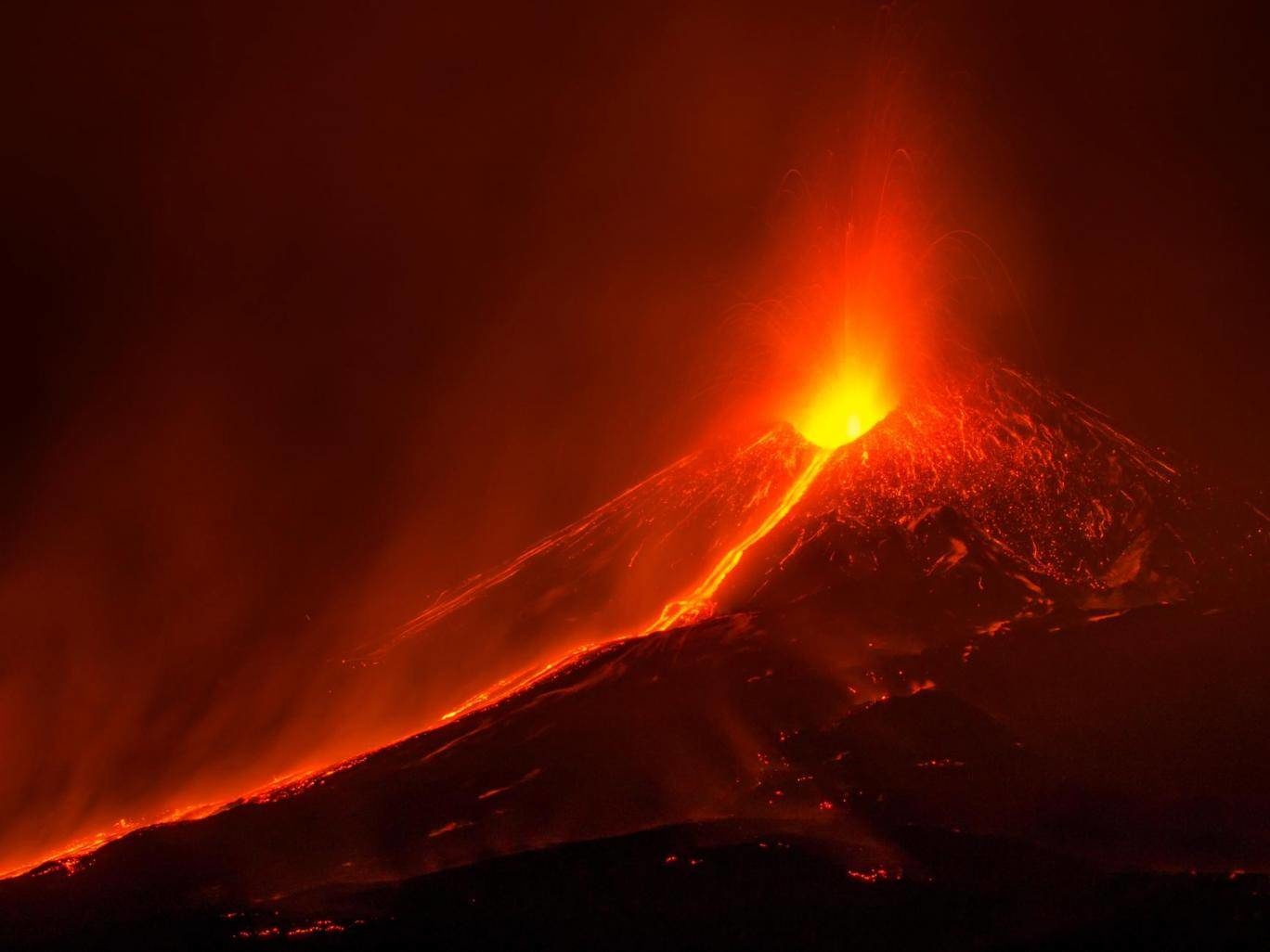
The most active volcano in Europe is slowly sliding into the sea, according to new research.
Mount Etna - located on the Italian island of Sicily - is edging towards the Mediterranean at a rate of around 14mm per year.
While its movement may seem too slow to cause any concern, scientists studying the geology of the volcano have said the situation will require careful monitoring.
"I would say there is currently no cause for alarm, but it is something we need to keep an eye on, especially to see if there is an acceleration in this motion," lead author Dr John Murray told the BBC .
This is the first time downward "basement sliding" of an entire active volcano has been directly observed.
However, studies of extinct volcanoes suggest this phenomenon can lead to "devastating" collapse of their downslope sides, resulting in landslides.
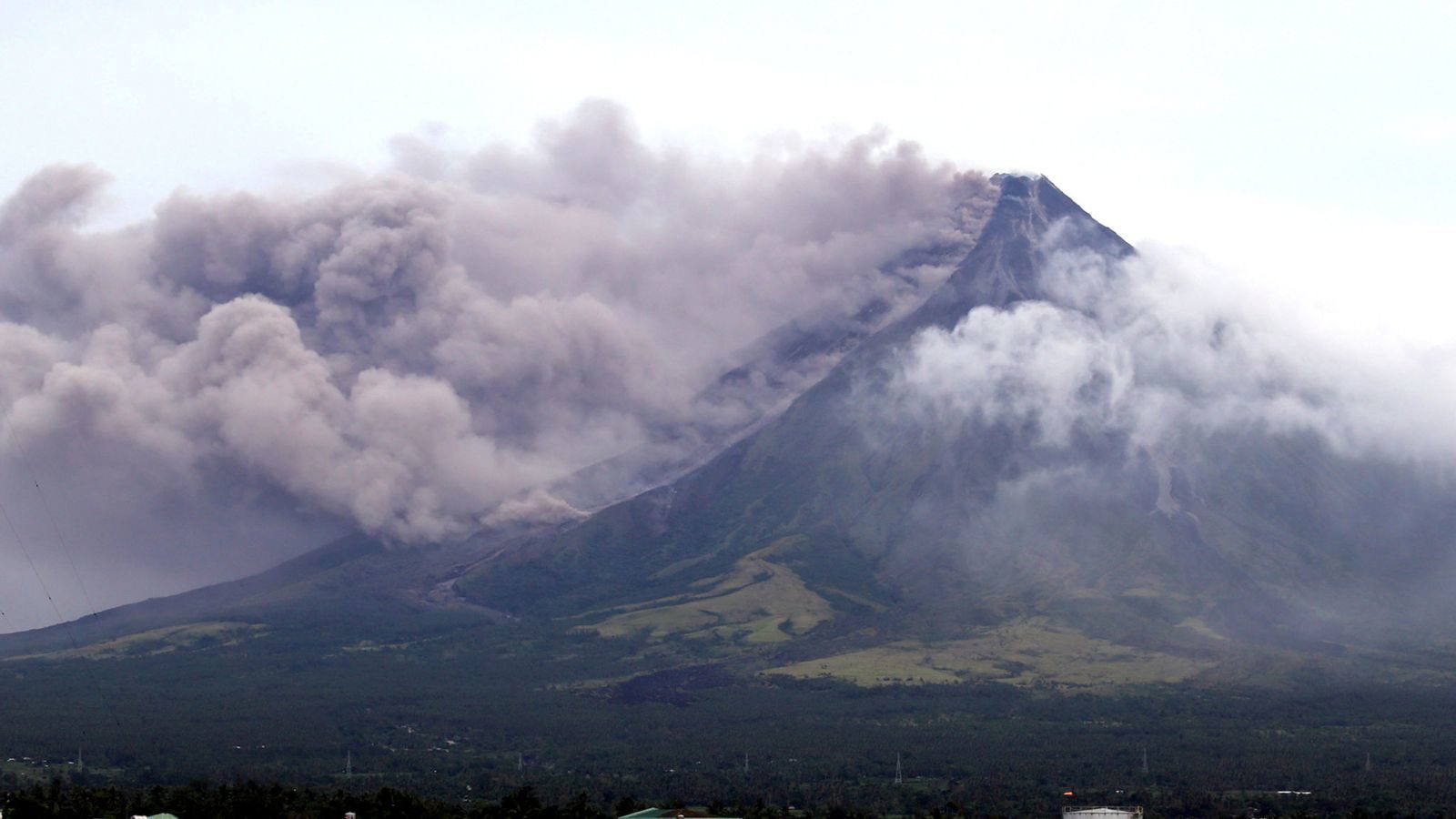
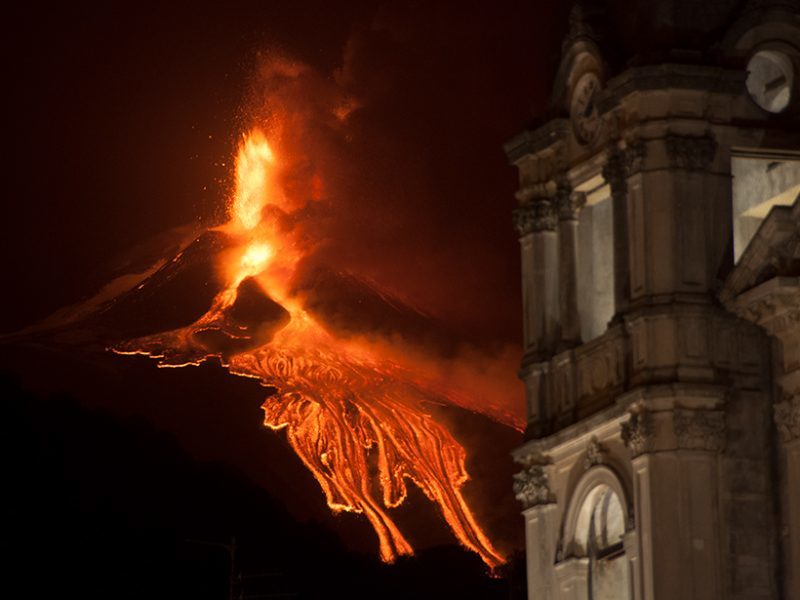
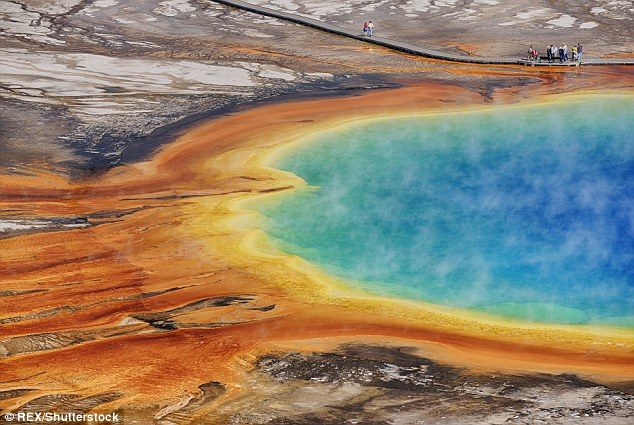
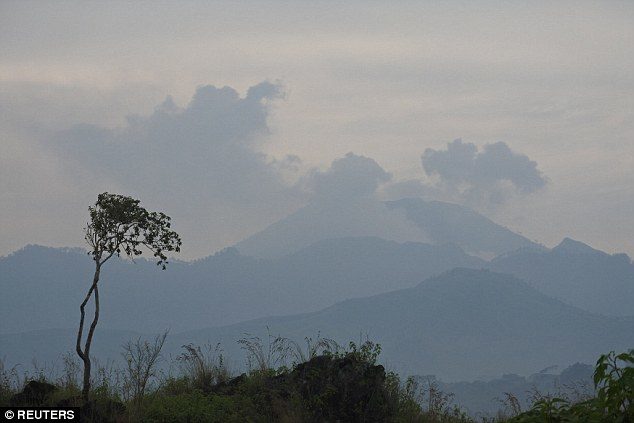
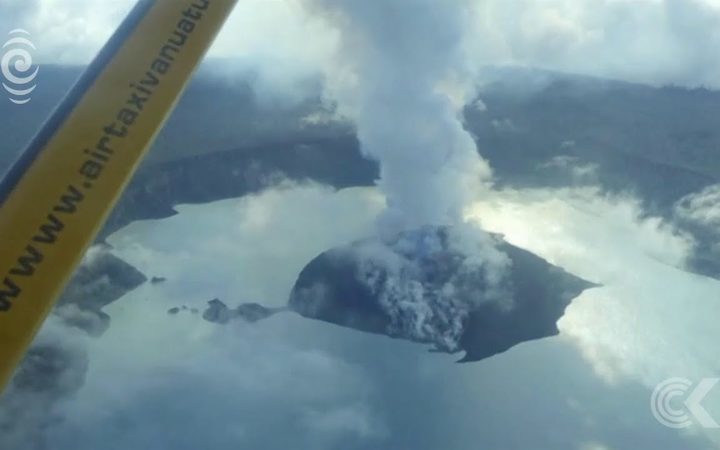
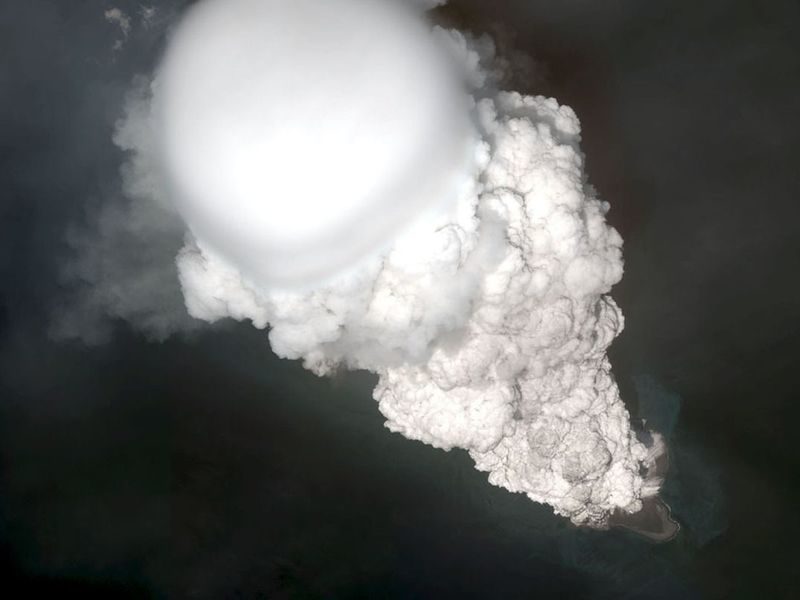
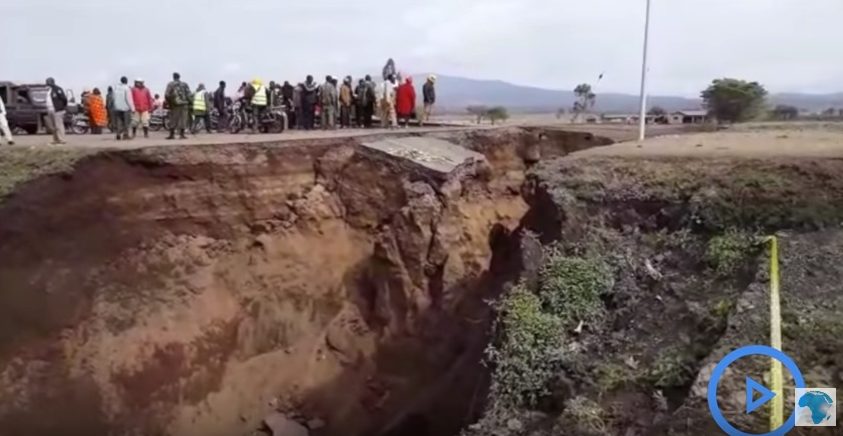
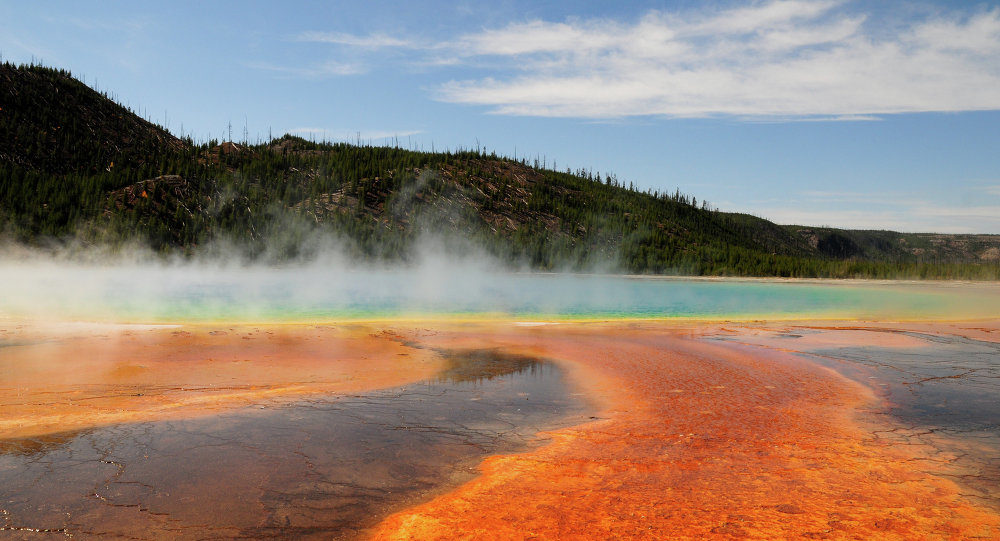
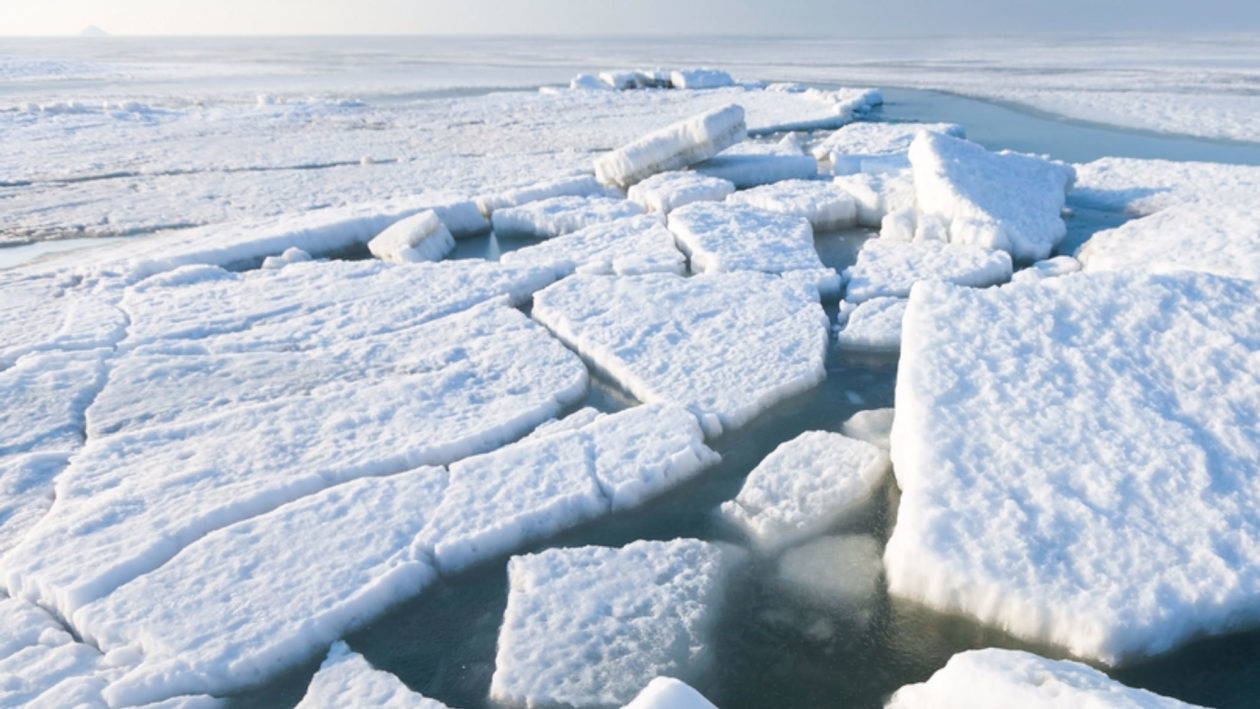



Comment: Radon, slosh dynamics and Mount Etna's unrest